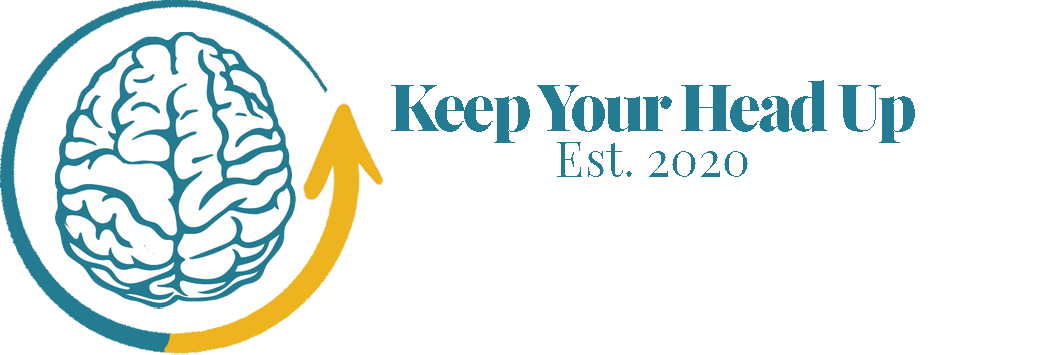Types of Headaches
By: Sarah Schulz / HBSc, MScOT, OT Reg (Ont.)
Headache is the most common concussion symptom, with 50-72% of TBI’s reporting having headaches within 1 year after their injury. Post-traumatic headaches (which occur after a trauma to the body/head) can occur without the evidence of a TBI. However, the most common source of post-traumatic headaches occurs from a concussion/TBI.
Post-traumatic headaches are often very debilitating to a person and have a huge impact on their recovery. It is important to know the different types of post-traumatic headaches, their symptoms, and what you can do to help support recovery.
Post-traumatic headaches are generally categorized into 4 types, however, these categories are constantly changing and not well defined.
1. Migraine-type
These occur when an area of the brain becomes hypersensitive due to injury or force to that area. The area that becomes hypersensitive triggers pain signals, which causes the headache. They normally occur on one side of the brain. The most common symptom is a “throbbing” like pain. Migraine-type headaches often occur with nausea and vomiting and can often be triggered by light and noise sensitivity. These headaches are often moderate to severe in intensity.
2. Tension-type
These headaches are mainly caused by muscle tension, especially in the neck and supporting muscles. They are also associated with muscle tension, spasms, and general stress. The most common symptom is a tight, squeezing-like sensation on both sides of the head. They normally occur later in the day or evening. These headaches are often mild to moderate in intensity.
3. Cervicogenic-type
These headaches occur with soft tissue and/or muscle injury to the shoulder, neck, or back (whiplash). The muscles that extend onto the skull are often the cause of the pain. The pain usually travels from the back, neck, and shoulders, and extends to the front of the head. A common symptom that triggers these headache types is moving the neck. These are not commonly associated with nausea. Cervicogenic-type headaches range from mild to severe in intensity.
4. Rebound-type
These headaches occur from the medication used to treat the original headaches. Rebound headaches occur from medication over-use, when you forget to take your headache medication, creating a new headache.
How do I treat my headaches?
Now that you know the different types of headaches, knowing how to treat them can be a little bit trickier. There are 2 methods, however, the best results occur when patients use a mix of both.
1. Control
- This is the attempt to control the pain/cause of the headache. Doctors can prescribe medications to help to control the headache, as well as over-the-counter Advil/Tylenol as a means to control the headache. If you have questions about headache control, please speak with your family doctor.
2. Management
- As an OT, I try to get my patients to manage and self-regulate their headaches. This includes using heat (such as hot showers, hot packs) and cold (ice packs, cold cloths) to manage a headache. Doing activities like stretching can help to relieve some of the tension in the back/neck, which can improve a headache. Deep breathing/mindfulness is a great way to calm the mind and decrease the amount of stress that is associated with a headache.
- I also incorporate lifestyle management and education. For example, healthy diets, exercise, and drinking water are all ways to manage headaches.
- Finally, I have patients use a headache diary, which records the headache, where it was located, what it feels like, associated symptoms, pain (1-10), how long it lasted, and whether they did anything to decrease the pain (control vs management). This is a great way to find patterns/triggers in headaches and it allows the individual to manage their own symptoms/plan their day.

